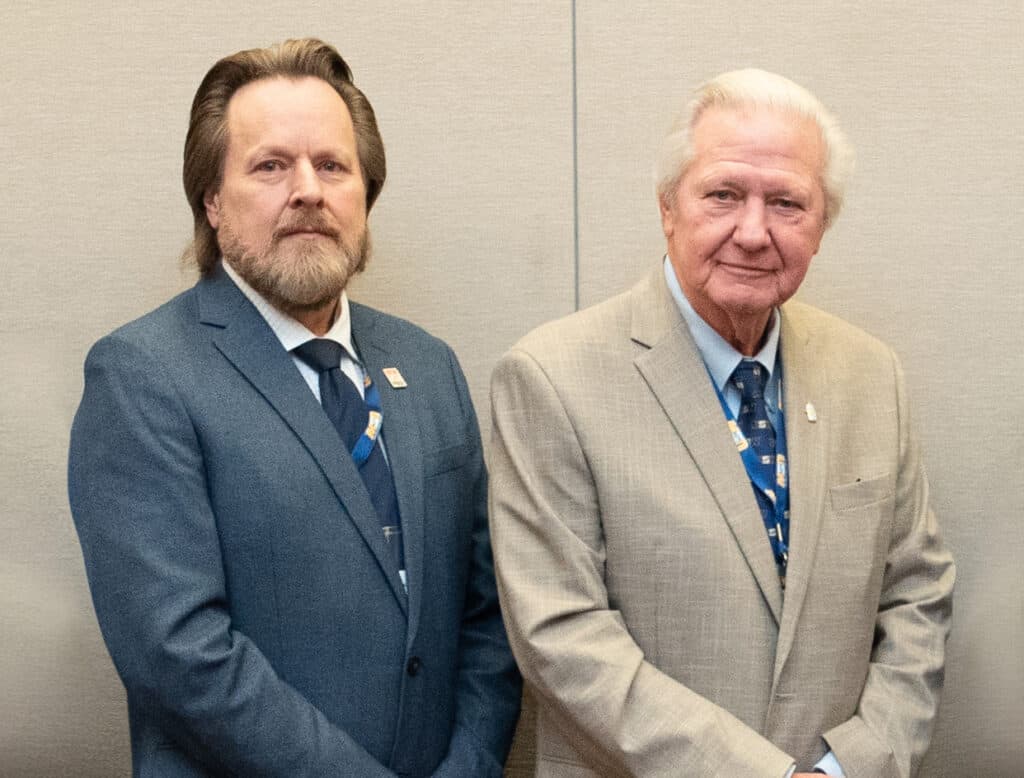
TORONTO – United Steelworkers union (USW) officials in both Canada and the United States today expressed their concern with President-elect Donald Trump’s announcement that he would impose a blanket 25% tariff on goods from Canada imported into the United States.
“If applied, these extraordinary tariffs levelled on Canada would dramatically harm workers in both our countries,” said USW International President David McCall. “There is no question that we must address the holes in our global trading system, but Canada is not the problem.”
USW leaders further noted that the Canadian and U.S. economies are deeply integrated, and Canada recently moved to better align with U.S. policies to help stem the flow of unfairly traded products making their way into North America. Canada is also a unique national security partner.
“There is absolutely no doubt that working families are the first to get hurt by unfair trade practices, including global overcapacity in key sectors,” said USW Canadian National Director Marty Warren. “The answer, however, is to work together as allies on sensible trade policies that will allow us to contain bad actors like China.”
“Our union in both the United States and Canada has been on the front lines for decades fighting for worker-forward trade policies that keep our critical supply chains secure,” said McCall. “Now, rather than taking a step back, we must capitalize on our current momentum in order to create lasting change.”
About the United Steelworkers union:
The USW represents 225,000 members in nearly every economic sector across Canada and is the largest private-sector union in North America, with 850,000 members in Canada, the United States and the Caribbean.
Each year, thousands of workers choose to join the USW because of the union’s strong track record in creating healthier, safer and more respectful workplaces and negotiating better working conditions and fairer compensation – including good wages, benefits and pensions.
Share on Facebook Share on Twitter


